How GRC Adds Aesthetic Appeal to Outdoor Spaces
The outdoor spaces of buildings are essential architectural elements that create an initial impression of the place. Therefore, choosing materials that add an elegant and aesthetic touch can significantly impact the overall look of the building. Among these materials, which have gained significant popularity in the world of architectural design, Glass Fiber Reinforced Concrete (GRC) stands out as an ideal choice for enhancing beauty and innovation in facades and outdoor areas.
GRC, short for “Glass Fiber Reinforced Concrete,” is a composite material that combines the excellent properties of concrete and glass fibers, making it strong, durable, and flexible in manufacturing. In this article, we will explore how GRC can add a special aesthetic touch to the outdoor spaces of buildings.
1. Innovative Architectural Designs:
GRC allows designers to create highly precise and complex architectural forms, giving them the opportunity to implement innovative ideas and unconventional designs. GRC can be molded into curved or intricate geometric shapes, or even traditional styles, providing architects with a wide space for creative expression. Such designs can contribute to the uniqueness and distinction of buildings.
For example, GRC can be used to decorate entrances, columns, or even large building facades. Through these design possibilities, outdoor spaces can reflect the project’s identity in an artistic and appealing manner.
2. Decorative Details:
One of the prominent uses of GRC in outdoor décor is its ability to add intricate decorative details that enhance the overall aesthetics. GRC can be molded into botanical, geometric, or even artistic sculptures that catch the eye. These details contribute to adding a personal touch to buildings, making them stand out from traditional structures.
For instance, GRC can be used to create decorative patterns around windows, doors, or to embellish exterior walls, giving a touch of luxury and sophistication to outdoor spaces.
3. Flexibility in Colors and Finishes:
One of GRC’s unique advantages is its ability to be colored and finished in multiple ways. GRC can be painted in colors that match the design of the space and blend with surrounding hues. Additionally, various finishes can be applied, such as mimicking other materials like stone or wood, offering endless possibilities for customizing the building’s aesthetic appearance.
Thanks to this flexibility, GRC can add distinctive beauty to outdoor spaces, whether through color contrast or a precise imitation of natural materials.
4. Sustainability and Reliability:
One of the key factors that make GRC an ideal choice for outdoor décor is its durability and ability to withstand various weather conditions. It is resistant to corrosion, moisture, and heat, making it perfect for areas exposed to fluctuating weather. Furthermore, these materials last for extended periods without losing their shape or quality, ensuring that outdoor spaces remain visually appealing for a long time.
5. Achieving Harmony with the Surrounding Environment:
GRC is not only distinguished by its artistic designs, but it also contributes to the integration of the building with its surrounding environment. Whether the building is located in a natural or urban area, GRC can be used to achieve harmony between the exterior structure of the building and the natural or cultural elements around it. For example, facades can be adorned with elements that reflect the surrounding environment, such as carvings that depict local flora or fauna.
6. Ease of Maintenance:
Another advantage of GRC is that it is easy to maintain. Since GRC is resistant to environmental effects like moisture and rain, it retains its appearance for a long time. This means that buildings decorated with GRC require less maintenance compared to other materials, making it a preferred choice in large architectural projects.
Conclusion:
GRC is undoubtedly the ideal option for adding a distinctive aesthetic touch to outdoor spaces of buildings. With its design flexibility, ability to mimic natural materials, and strength in facing environmental factors, GRC can significantly improve the appearance of buildings and enhance their attractiveness. Whether used to decorate facades or add artistic decorative details, GRC remains an outstanding choice for architectural projects that aim to combine beauty and functionality.

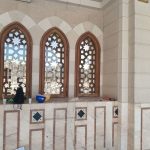
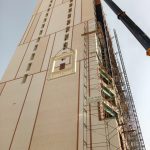
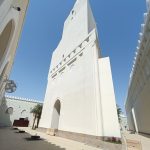
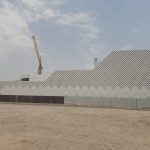
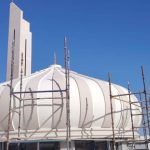
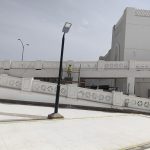
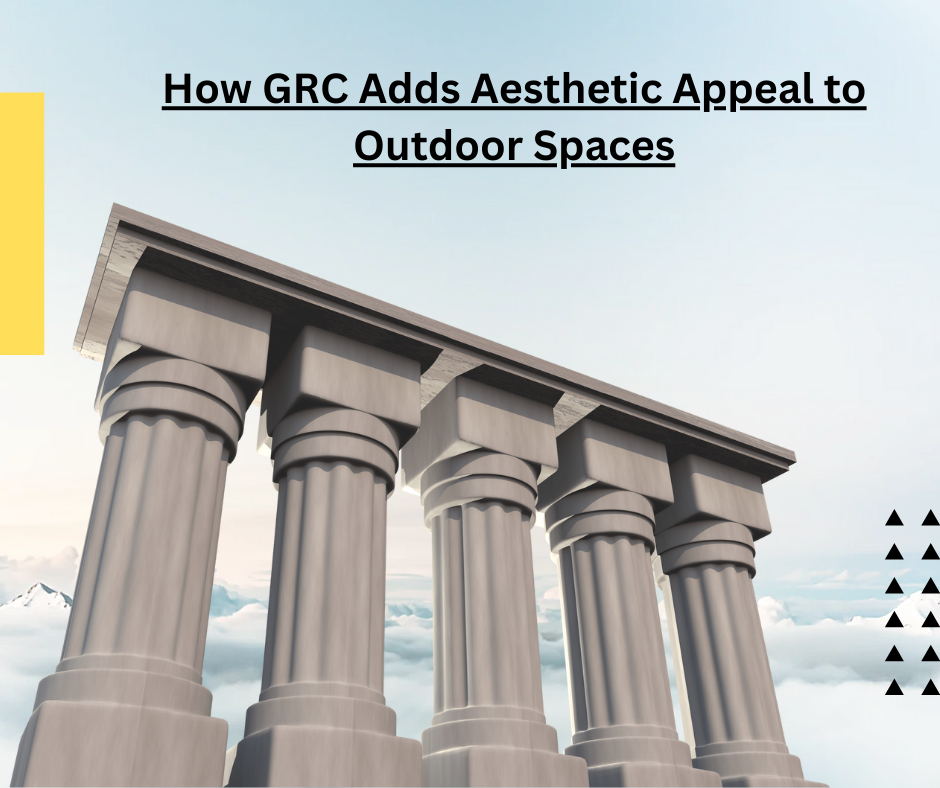
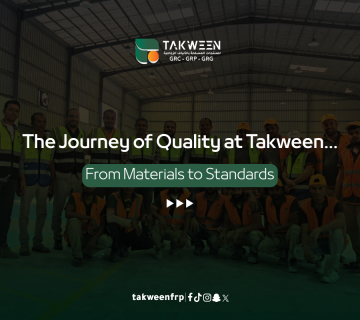


لا تعليق